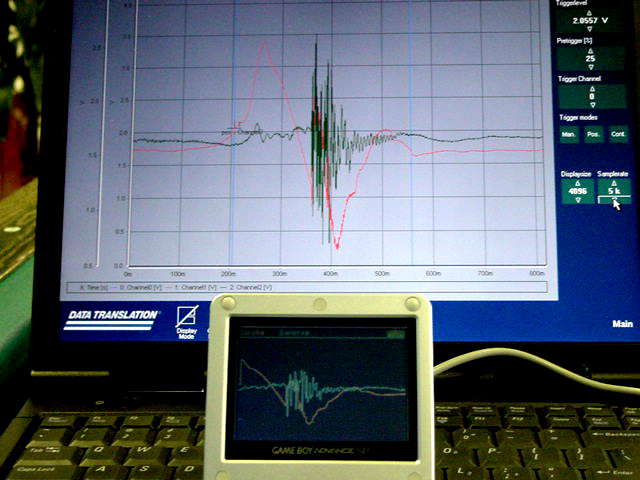Wrong
YES - Dennis Orcollo does slip stroke! He let's go of the cue and let's it throw forward out of his hand. If that isn't a slip stroke - I will eat my cue. Watch a few videos of him playing at Hard Times on POVPOOL.
YES - Dennis Orcollo does slip stroke! He let's go of the cue and let's it throw forward out of his hand. If that isn't a slip stroke - I will eat my cue. Watch a few videos of him playing at Hard Times on POVPOOL.
 ...what other worlds can we conquer together?
...what other worlds can we conquer together? 